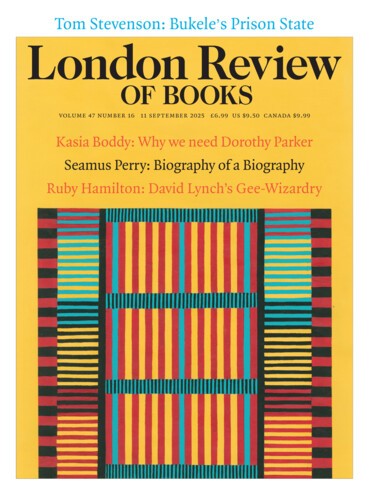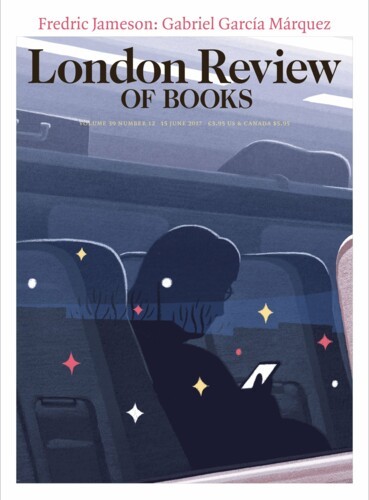One of the signatures of classic film comedy is a kind of crazy grace amid peril, a performance of control where there seems to be none. We think of Harold Lloyd in Safety Last! hanging from the hands of a clock high above city streets, and dozens of moments involving Charlie Chaplin and Buster Keaton. There is a reverse tradition, but it doesn’t produce classics, only extended parodies of bad luck. We laugh quite a bit but soon stop to wonder what we were laughing at. Farce has begun to look like a morbid destiny.
I don’t know when this tradition began – perhaps with the first comic movie that didn’t work – but it’s certainly on clunky intentional display in the Naked Gun franchise, which until this month comprised a television show, a video game and three films (The Naked Gun: From the Files of Police Squad!, 1988; The Naked Gun 2 1/2: The Smell of Fear, 1991; and The Naked Gun 33 1/3: The Final Insult, 1994). In an early scene in the new movie, simply called The Naked Gun, photos on the walls of the police station recall a movie ancestry: the cops of an old world, three of them fathers of the new guys.
Here’s a non-classic moment from the first film. The Los Angeles police department is holding a press conference to report on its plans to guarantee the safety of Queen Elizabeth when she comes to visit. Frank Drebin (Leslie Nielsen), a policeman, is not being heard when he speaks without a microphone, and this problem is remedied. The snag is that he needs to go to the bathroom and doesn’t turn off his mic. You can imagine the rest, an audio opera of considerable volume and length.
There is a similar scene in the new movie, although this involves sight rather than sound. Liam Neeson and Pamela Anderson, as Frank Drebin Jr and Beth Davenport, a policeman and the sister of a murdered man, are playing with a dog in Frank’s apartment. One of the film’s bad guys, Sig Gustafson (Kevin Durand), is watching them across the rooftops with a pair of high-powered binoculars. But Frank’s blind is down, and the watcher sees only lurid shapes, startling sexual acts that disgust even the bad guy. It’s only a movie, Ingrid.
The makers of the new film – directed by Akiva Schaffer – like this kind of thing, and a more graceful example occurs near the beginning of the movie. Frank returns to his office at the police station and sees a silhouette through a curtained interior window. It is the dark shape of a parodically beautiful woman. Except that it isn’t. When we enter the room, we are looking at a coat-hanger with jackets slung around it in the right way. Beth is sitting in another corner.
The film doesn’t have much of a plot because it’s too keen on its mishaps, many of them violent. But the bit of plot there is takes us, finally, to an interesting place. Richard Cane, brilliantly played by Danny Huston, is an infinitely rich man who owns every technology and invention and effectively rules the world. We are no doubt supposed to think of whichever American billionaire we like least. The trouble is that although Cane enjoys his eminence, he hates the world, and like many fascist programmers thinks there should be fewer people in it. He has a device that can make crowds of people instantly angry. It can also make them calm and kind, but he’s not interested in that. He plans to use it at a vast New Year’s Eve celebration. The milling guests will kill one another. Or a lot of them will. That would be a start.
Certain elementary rules govern the new movie, as they did its predecessors. The first is that if you can misunderstand a simple sentence, you will. In From the Files of Police Squad!, for example, a character says ‘Cuban?’, meaning to offer Frank a cigar. He responds: ‘No, Dutch Irish.’ In the new film if you mention UCLA you may seem interested in the scenery (‘I see LA all the time!’). If you ask for ‘sparkling’ when you order a drink of water, you may get a sparkler instead. You can hear exchanges like this: ‘May I speak freely?’ ‘I prefer English.’
The second rule is that if you get a chance to do harm to the very idea of logic or reason, you have to take it. Here’s Beth describing the kind of books she writes: ‘True crime novels based on fictional stories that I make up.’ At another point, Frank tries to persuade Beth not to kill Cane, who is lying at their feet. His argument is that she would regret it, but he can’t help but add that it would be the greatest moment of her life.
The third rule has to do with the frequency of physical damage. If wreckage or destruction – of a car, a building, furniture or people – doesn’t occur every ten minutes or so, you’re in the wrong movie. The illustration of the rule in the new film is Frank trying out a self-driving car that Cane has given him. He sits in the vehicle and says, ‘Go back thirty yards.’ The car does as it is told. Unfortunately, nobody tells it that it’s still linked to a pump at the petrol station and also connected to the wall of a building. Pump and wall follow the car on its little journey. This rule can also help the plot’s suspense. At one point in the same car, doors all locked, Frank is helplessly being driven (self-driving includes being controlled by Cane, who is somewhere else) to what is supposed to be his death. He is saved by the right kind of accident, just as Atlanta, where the film was shot, has, I hope, survived its impersonation of LA.
As you would expect, the best scenes in the film are the silliest. But sometimes silliness leads elsewhere. The movie opens with a bank robbery in full swing. We can’t really tell the cops from the robbers. A little girl leaves the crowd gathered outside on the street and makes her way to the door of the bank. When she steps inside, no one knows what to do with her. Then she turns into Neeson, who takes care of the rest of the operation. He is wearing the same clothes as she was (white blouse, plaid skirt), but is also four times her size. How did this happen? Don’t ask.
In the middle of the movie we get an interesting reward for our restraint. Sig, the person we saw with the binoculars, has been arrested and is in a hospital, handcuffed to his bed. He refuses to answer Frank’s questions and the walls start to move. This isn’t a hospital, it’s a set. The move happens twice more. We are in new places, each the container of the previous one. Is there any reason why this game should stop? If we kept going, would the final set take us out of the fiction?
The movie ends on just this possibility. Frank and Beth know they are in a film. But can they break through the screen into the cinema? The soundtrack suggests they might, but I didn’t stay in the building long enough to find out.
I don’t think Schaffer and his colleagues are philosophising, but there is food for thought in the film’s final gestures, where issues of power are everywhere, as they are in many more solemn works. Cane gets to use his device and chaos follows. Frank has a fight with Cane and switches the device the other way. All is peace and calm. A happy ending. But both moods are created by high tech and a single person. No consultation with the people either way. Does that sound familiar?
Send Letters To:
The Editor
London Review of Books,
28 Little Russell Street
London, WC1A 2HN
letters@lrb.co.uk
Please include name, address, and a telephone number.

